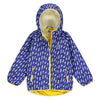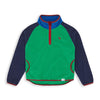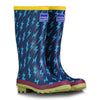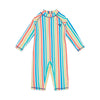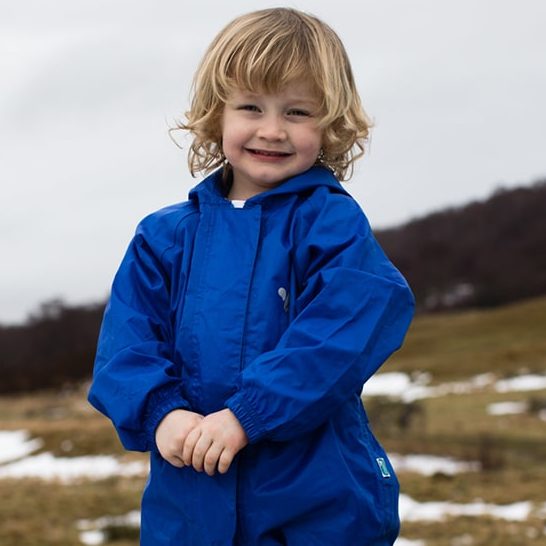
EYFS - Maths – Creating 2D Shapes
Download our Maths – EYFS – Naming and Creating 2D Shapes Worksheet Here
Learning Objectives
Properties of Shapes – recognise and name common 2d shapes
Resources
- A variety of pebbles of differing sizes with straight lines and corners drawn on with a white marker or paint, suggested 30 lines, 25 corners.
- 5 long lengths of string or rope, approximately 10 metres each, lengths of wool or string approx. 20 cm long per child.
Introduction Activity
- Whilst in the classroom, show the children a selection of objects and ask the children to name triangle, rectangle, square and circles.
- Ask them to draw an example of each. Discuss which shapes have four sides and straight sides, and where the corners are.
- Put the children into groups and give each group a length of wool or string and demonstrate how to create string shapes.
Activity
Take the children outside.
Separate the children in to groups, each corner becoming one team.
Give each group a selection of pebbles with lines on and allow the children to experiment in making their shapes on the playground.
Allow 5 minutes for this activity, then as a class, look at each of the shapes and the stones with the lines.
Then ask each group to use their pebbles to create a collection of triangle, square and rectangles.
Explain to the children they are now going on a shape hunt. Explain there are hidden shapes in the natural world and in man made and everyday items, and see what you can find in your grounds. Discuss your results before heading back inside.
Extension Activity
Give each child a piece of chalk. Allow them each a space to work in and explain to them they will be drawing an unknown shape step by step. Give them instructions to draw a shape, telling them which direction to move their chalk, for example, straight line towards the left side of the playground, stop, make a corner and move the line to the top of the playground, stop.
When finished, look at each other’s shapes and discuss how each person might have slightly different results and why this might be.


